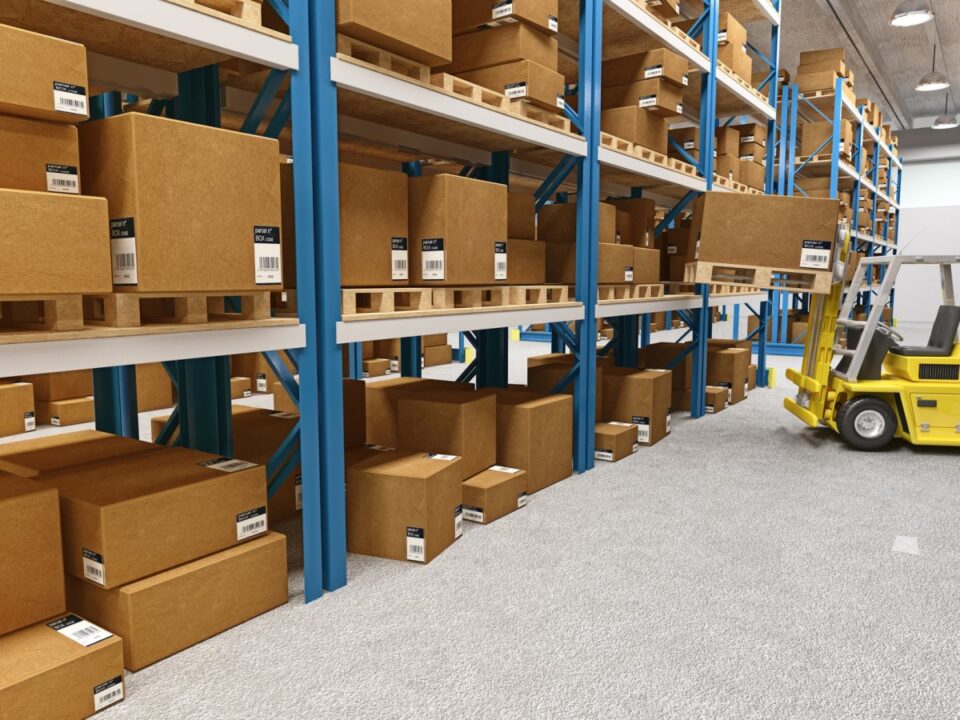
How Vendor Managed Inventory (VMI) Strengthens Supply Chain Resilience and Collaboration
To optimize inventory management, retailers and suppliers are increasingly turning to Vendor Managed Inventory (VMI) tools that transfer the responsibility…
Generix Ushers in a New Era of Intelligent Commerce for Retailers with AI-Driven Innovation Read the press release

One of the main signs that your company may need a new WMS is when you are experiencing rapid growth and your initial technology set-up cannot keep up with demand. This is especially true for SMEs and those with rapidly growing cross-channel business processes. With the fast expansion of online trade, many companies find that their technology is not able to keep up with growth, and instead actually begins to hinder their expansion. It is in everyone’s best interest to know the signs of wear and to replace a system before it affects productivity and delivery of the customer promise. Some good signs to look out for are if your current WMS supplier is providing adequate support without increasing fees, and if the functionality can be upgraded without any issues. If your WMS cannot grow with you, you need a new one, and specifically a solution that allows for growth and added functionalities.
A main reason why many companies push the upgrade of a system back as long as possible is because updating an entire system can seem like such a huge and daunting task. Businesses are wary of changing a system that seems to work OK, that is, until it actually doesn’t work anymore. Then they have to scramble to find a solution that not only works for the time being, but that will need to adapt to changes in the future. With modern and scalable SaaS systems available, companies should start to look into how much longer their investment in legacy systems will pay off until they start to become an extra expense at which point jumping ship is the only option. Cloud systems can offer many benefits that include easy and rapid installation and deployment, as well as regular upgrades. If your legacy system seems to be costing more in maintenance and upgrade fees than it is worth, then it is a sure sign it’s time to move on.

To optimize inventory management, retailers and suppliers are increasingly turning to Vendor Managed Inventory (VMI) tools that transfer the responsibility…

In an ever-evolving logistics environment, agile and precise warehouse resource management is essential to remain competitive. With increasing volumes driven…

France’s electronic invoicing reform relies on a Y-architecture, where Partner Dematerialization Providers (PDPs) play a central role in issuing and…

Work with our team to build your ideal supply chain software stack and tailor it to your unique business needs.